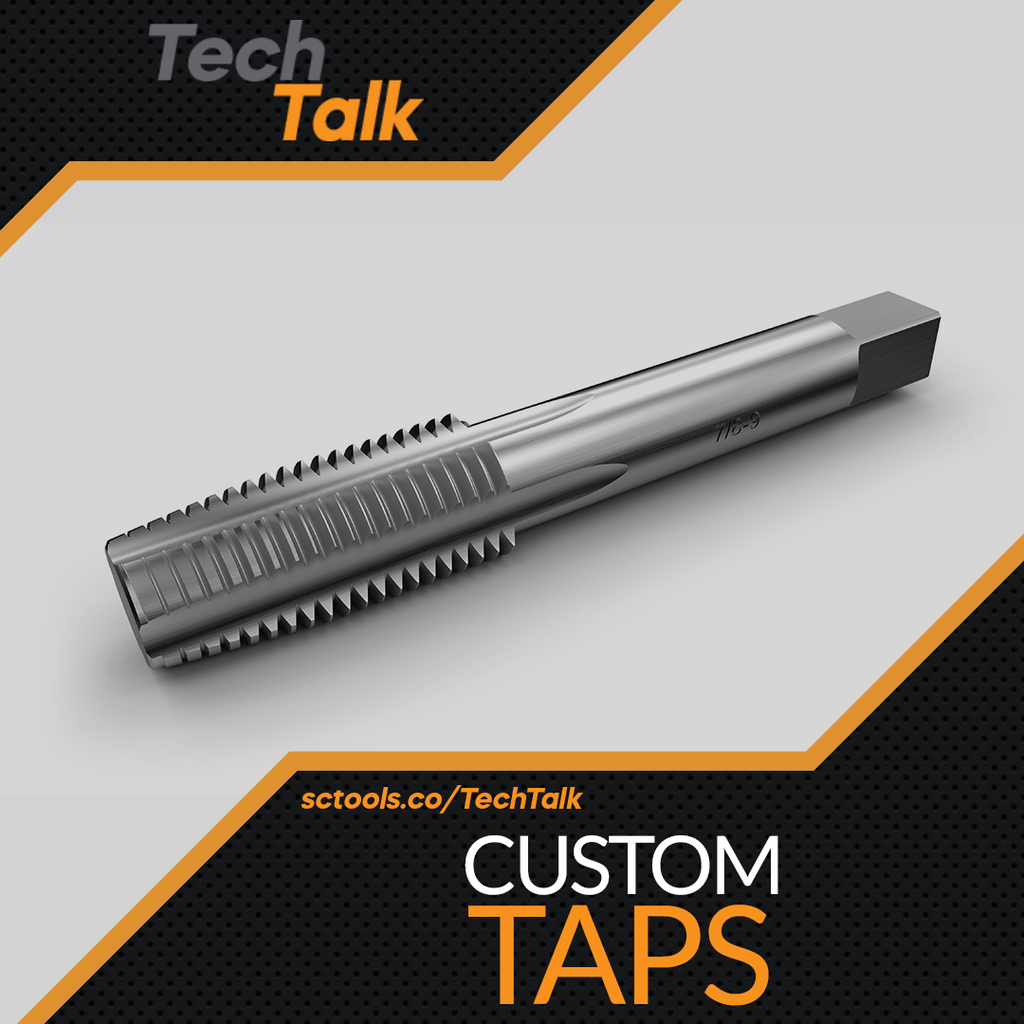Machine taps are used to produce internal threads. Choosing the appropriate tap option will help you avoid irritating tap breakage that could cause you to lose time and effort on a component.
Fitting taps produce few or no missed taps, all of which form the same part in the correct location and have the proper profile. Knowing each tap's potential allows you to determine what would work best in each situation.
Type of Hole
Whether threading a blind or through-hole, your CNC tapping capabilities will change. Through holes penetrate the opposite side of a substance, whereas blind holes extend only to a certain depth. The thread tap's shape must accommodate the hole type to avoid breaking.
Fluting Demands
To direct chips away from the tapping site, canals known as "flutes" are frequently carved into the bodies of thread taps. Different flute types enable taps to either draw chips up and away from the tool or push them in front of it. Whether tapping a blind or through-hole, these fluting varieties can be useful.
Material
The type of thread tap you select will depend on the tapping material. For instance, the hardness of a material may require a stronger carbide tap than a steel one. Another crucial factor is how the material creates chips. Some materials combine with specific taps to produce spiraling chips, while others produce short chips. Taps push a particular chip type in a specific direction.
Spiral Point Taps
The straight flute tap is modified somewhat significantly in the spiral point tap. When tapping, the angled point of spiral point taps helps direct chips in front of the instrument. With this design, spiral point tap capabilities include through holes and blind holes with space for chips.
The shallow flute design of the spiral point tap contributes to many of its advantages, including:
- A larger cross-sectional area
- Increased tapping strength with less force is needed.
- Ability to tap faster than before.
Thread Tap Types Used in CNC Machining
Let's look at several typical tap types and their applications and advantages.
Taps With a Spiral Flute
The structure of the flutes makes spiral flute taps distinct from straight flute taps. As its name suggests, a spiral flute tap uses channels that form a spiraling, helical pattern around the tap body. Particularly useful for tapping a blind hole, this construction aids in directing chips upward and away from the tap site.
You run the danger of breaking or harming the tap when you reach the bottom if you use a thread tap that forces chips into the bottom of a blind hole. Through effective chip evacuation, spiral flute taps address this problem. If the material you're tapping aligns with the spiral degree you select, you may want to further distinguish your spiral flute tap.
Benefits:
- It prevents chips from gathering at the bottom of a blind hole.
- Tapping might be easier.
- When working with a hole that has been interrupted by another feature, it is simpler to restart tapping.
Straight Flutes/Hand Taps
One of the most common taps is a straight flute or hand tap. The four straight channels that run down the body to handle chips give this thread tap its name. Straight flutes or hand taps are more versatile because they can be propelled by hand or machine. This tap style also functions well with through holes or blind holes.
Benefits:
- Its universality may result in fewer tools being required.
- It works well with short-chipping materials like cast iron.
- Depending on your demands, it can change from a machine to a tap wrench.
Combined Drill and Tap
As the name implies, a drill and a tap that work together may bore and thread a hole in one motion. Typically, the tip of a combination drill and tap has a spiral fluted tap; then, there is a drill bit. This tool's construction places the threading section before the drill component, penetrating the material first.
Only through-holes should be drilled with a combination drill and tap, which can go as deep as twice as wide as the tap. In the assembly, building, maintenance, and repair industries, this tool may be used in a number of different ways.
Benefits:
- It centers around itself.
- It works at a quick pace.
- Depending on the situation, it can save time.
SCTools offers a wide range of tools and components that can significantly improve precision and results on CNC machining projects. We specialize in premium, personalized solutions that are tailored to your specific needs.
 |
If you have any questions about carbide cutting tools, end mills, drills, etc. be sure to reach out to us @ sctools.co/Home or call us at (877)737-0987. We help you machine better! |



Comments (0)